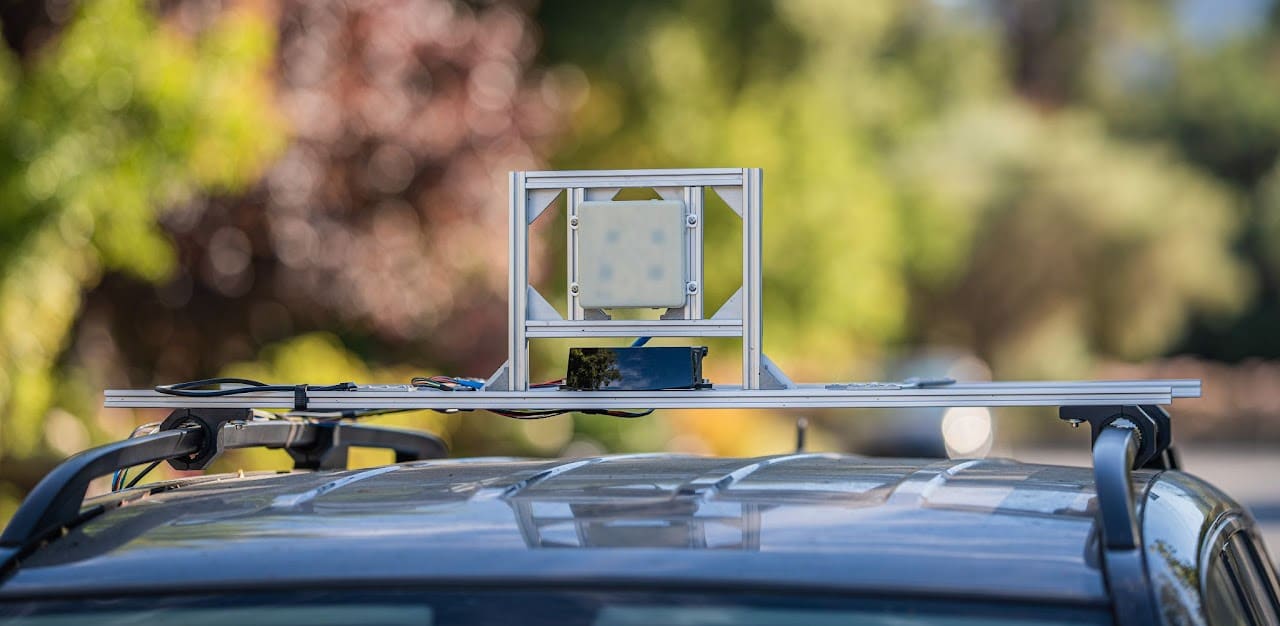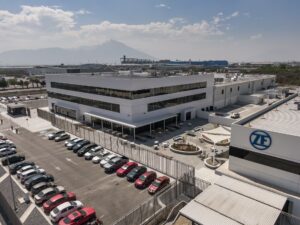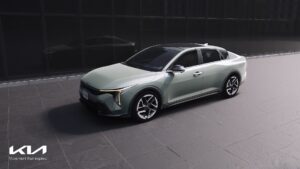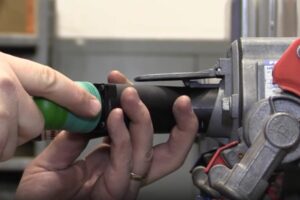SAN JOSE, Calif. — Silicon Valley-based automotive radar startup, Altos Radar, has raised $3.5 million in seed round funding that will fast-track the commercialization of 4D imaging radars in driver-assisted (ADAS) and autonomous vehicles (AV).
The funding, led by Hesai Technology CEO David (Yifan) Li, ZhenFund and Monad Ventures, will be used to mass-produce and market Altos Radar’s new high-performance 4D imaging RADAR Altos V1, which demonstrates revolutionary perception capabilities at a fraction of the cost of its competitors.
Altos V1
Starting in 2017, the FCC and other global RF regulators opened up the 76-81GHz frequency band for automotive radar use. This enabled the possibility of producing high-resolution radars at one-third the size of the previously used 24GHz radars with similar angular resolution.
Dozens of companies have been racing to develop this technology, including a well-known electric car company, which earlier this year brought back their radars for their FSD (Full Self-Driving) Hardware 4.0 upgrade.
Altos Radar stands out from the crowd, due to their real-time, on-board computed, LIDAR-like point clouds from a ready to ship product. The radar offers long-range detection and a point cloud with up to 3,000 points per frame at 10 fps.
Furthermore, Altos Radar’s team has achieved state-of-the-art performance on low-cost, mass-produced automotive System on Chips (SOCs). This makes Altos V1 radar the world’s first production-ready non-FPGA-based, 4-chip cascaded (12TX, 16RX) 4D imaging radar, offering great advantages in cost, reliability and mass-producibility.
Due to the nature of radio waves, radars outperform other types of sensors in their unique capability for far-range detection spanning hundreds of meters, instant and accurate velocity measurement, and robustness in adverse weather conditions. As a pioneer in the field of high-performance 4D radars, Altos V1’s detection capacity can now achieve an unprecedented range of 500m for cars and 180m for pedestrians.
What has impeded traditional radars from playing a bigger role in the autonomous vehicle sensor suite is the lack of height information, low angular resolution and suboptimal signal-noise performance, all of which the new generation of 4D imaging radars by Altos Radar are set to change.
The team at Altos Radar are proven experts in electronics design, signal processing algorithms, compute optimization and radar perception in autonomous vehicles, having held leading R&D positions at Hitachi, ZF, Huawei and Pony.ai, as well as in the autonomous driving departments of Apple and Lyft.
Altos Radar’s new high-performance 4D millimeter-wave RADAR caters to the demands of a 4D imaging radar market that Yole’s 2022 Automotive Radar Report estimated will double YoY by 2027 to $8 billion. Moreover, projections from McKinsey’s Autonomous Driving’s Future Report show potential revenues from the autonomous driving market could hit $400 billion by 2035.








